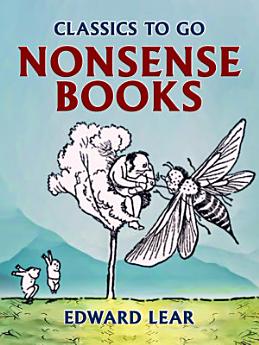Nonsense Books
Jul 2020 · Otbebookpublishing
Ebook
107
Pages
family_home
Eligible
info
reportRatings and reviews aren’t verified Learn More
About this ebook
About the author
Edward Lear (1812-1888) was an English artist, illustrator, musician, author, and poet, best known for his literary nonsense and limericks. Born in Highgate, London, Lear was the 20th of 21 children in a middle-class family. Despite suffering from epilepsy and depression, conditions that were stigmatized in his time, Lear's creativity flourished, leading him to become one of the most beloved figures in Victorian literature.Lear's career began as an ornithological illustrator, producing detailed and vibrant works that caught the attention of notable figures, including the Earl of Derby. His artistic talents extended beyond birds to landscapes and travel sketches, capturing the essence of his extensive travels across Europe, the Middle East, and India. These journeys not only enriched his art but also infused his literary works with a unique, whimsical perspective.Lear's nonsense poetry, characterized by playful language, absurdity, and a deep sense of whimsy, broke conventional literary norms and delighted both children and adults. His limericks, in particular, became a hallmark of his style, influencing contemporaries and future generations of writers, including Lewis Carroll and Dr. Seuss.Despite his lighthearted verse, Lear's life was marked by solitude and unrequited love, themes subtly woven into his work. His close friendship with the poet Alfred Tennyson and his mentorship of young artists underscore his significant yet often understated influence on the literary and artistic circles of his time.Lear's legacy endures as a pioneer of literary nonsense, a genre that challenges readers to embrace the fantastical and the absurd, reminding us of the joy and creativity found in the unexpected.
Rate this ebook
Tell us what you think.
Reading information
Smartphones and tablets
Install the Google Play Books app for Android and iPad/iPhone. It syncs automatically with your account and allows you to read online or offline wherever you are.
Laptops and computers
You can listen to audiobooks purchased on Google Play using your computer's web browser.
eReaders and other devices
To read on e-ink devices like Kobo eReaders, you'll need to download a file and transfer it to your device. Follow the detailed Help Center instructions to transfer the files to supported eReaders.






